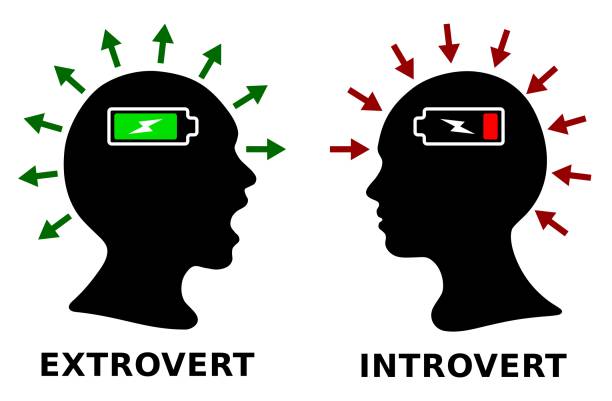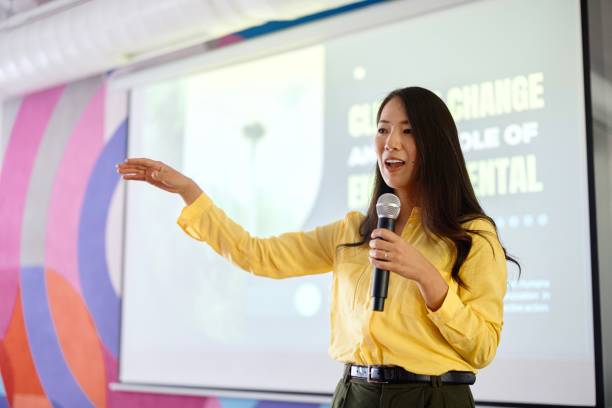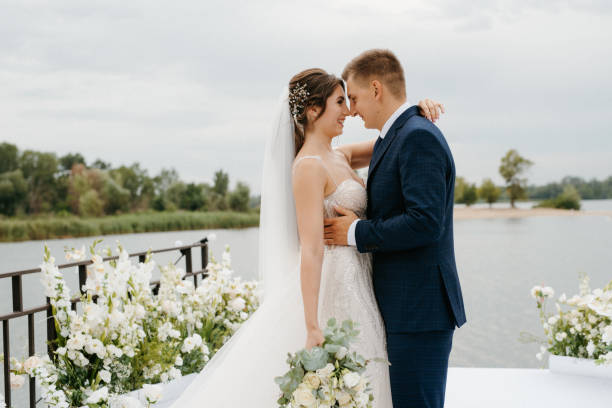There is a loneliness that hides beneath everyday life. It’s not always loud. It doesn’t always cry out. But it sits there, quietly, under laughter, behind busyness, beneath success and social media smiles.
It’s the ache of being unseen.
Most of us move through the world hungry for something we can barely name—longing to be known, truly known, and accepted anyway. We want someone to look past the performance and see the person. We want love that doesn’t flinch at our flaws. We want to belong in a way that doesn’t require pretending.
We crave connection.
But we are terrified of what it takes to get it.
Because to truly connect, you have to be vulnerable. You have to let people see behind the curtain. You have to risk being hurt. And for most of us, that feels like standing naked in a cold room, waiting for someone to either embrace you—or laugh.
So we hide.
We armor up. We become funny. Successful. Unbothered. Busy. Opinionated. Cool. We build personalities to protect ourselves from the pain of being rejected for who we really are.
And yet, the more we hide, the more disconnected we feel.
This is the paradox of vulnerability. The more we need it, the more we fear it. The more we run from it, the more alone we become.
What Vulnerability Really Means
Vulnerability is not weakness. It’s not dramatic oversharing or confessing your life story to a stranger in the grocery line. It’s not neediness or emotional collapse.
Vulnerability, at its core, is simply this: showing up without a guarantee.
It’s telling the truth when you don’t know how it’ll be received. Reaching out with no assurance of being held. Asking for help when you’re not sure you deserve it. Admitting you’re scared, unsure, hurting, hopeful.
It is the courage to be seen as you are, not as you wish to appear.
The problem is, vulnerability threatens the illusion of control. It reminds us that we are human—that we bleed, shake, tremble, long, hope, and break. And in a world that praises perfection and punishes imperfection, that kind of openness feels dangerous.
So we fear it.
Not because it’s wrong, but because it’s honest. And honesty is risky business in a culture built on masks.
Childhood: The First Lessons in Armor
No one is born afraid of vulnerability. Babies cry, scream, reach out with abandon. They don’t apologize for their needs. They don’t question if they’re too much. They trust that someone will come.
But slowly, the lessons begin.
You express sadness and are told to toughen up. You ask for love and get silence. You get too excited and someone calls you annoying. You make a mistake and get laughed at, not forgiven. You share your truth and someone walks away.
And your nervous system takes notes.
It learns that some feelings are dangerous. That some parts of you must be hidden. That love can vanish without warning.
This is how emotional armor is built. Not out of vanity, but necessity. We protect what has been wounded. We shield what has been shamed.
By the time we’re adults, vulnerability isn’t just uncomfortable—it feels unsafe.
But here’s the tragedy: the very parts of us that were shamed into hiding are the same parts that make real connection possible.
You cannot be loved for who you are if you keep hiding who you are.
Connection: The Brain’s Oldest Hunger
Long before we were rational beings, we were tribal animals. We survived because we belonged. To be excluded meant death. Our nervous systems evolved to interpret disconnection as danger. This is why rejection hurts physically. Why loneliness increases stress hormones. Why social pain lights up the same brain regions as physical injury.
We are biologically wired for connection.
And not just surface-level socializing. Not just Instagram likes or polite small talk. We crave emotional intimacy—the kind of bond where you are seen, known, held, and safe.
This is why friendships that allow for depth feel so rare and precious. It’s why falling in love feels like coming home. It’s why grief feels like a rupture in your soul—not just your schedule.
But the brain’s wiring for connection collides violently with the lessons we learned in childhood: that vulnerability leads to pain.
So we stay hungry and guarded at the same time.
Starving for connection—but unwilling to risk the exposure required to receive it.
The Illusion of Self-Sufficiency
Modern culture celebrates independence. Be strong. Be unbothered. Be low-maintenance. Don’t catch feelings. Don’t need anyone.
But beneath that glossy façade of self-sufficiency is often a deep fear of depending on anyone, lest we be disappointed again. We’ve conflated vulnerability with weakness, dependence with failure, emotional honesty with embarrassment.
So we praise the avoidant, the emotionally detached, the hyper-competent. And we secretly envy those who seem capable of intimacy—but can’t figure out how they got there.
The truth is, humans are not designed for invulnerability. Emotional isolation is a silent killer. It breeds addiction, anxiety, depression, shame.
We were never meant to do life alone.
And yet, vulnerability is still framed as a liability rather than a superpower.
But what if it’s the opposite?
The Strength Inside Softness
There is a raw, undeniable strength in being vulnerable.
It takes more courage to say “I’m scared” than to pretend you’re fine. More strength to say “I love you” first than to wait in guarded silence. More bravery to admit “I don’t know” than to fake certainty.
True vulnerability is not about collapse. It’s about clarity. It’s the unshaking steadiness of someone who knows themselves so deeply they are no longer afraid of being seen.
Brené Brown, the world-renowned vulnerability researcher, says it best: “Vulnerability is the birthplace of love, belonging, joy, courage, empathy, and creativity.”
Everything beautiful begins with the willingness to be exposed.
But how do we learn to open when we’ve spent a lifetime closing?
Trauma, Shame, and the Wall We Build
At the core of our fear of vulnerability is one ancient emotion: shame.
Shame is not the same as guilt. Guilt says, “I did something wrong.” Shame says, “There is something wrong with me.”
It’s the belief that if people saw who we really are, they’d leave. That we are unworthy of love, belonging, or care.
This is the internal wall that keeps us from being vulnerable. Because shame whispers: If they really knew you… they’d walk away.
And often, this shame is rooted in trauma—not necessarily from massive events, but from the chronic, quiet ruptures of childhood. The emotional neglect. The invalidated feelings. The unpredictability. The conditional love.
We learned to protect ourselves by hiding ourselves.
But the cost is high. Because you can’t selectively numb emotions. If you block the fear, you also block the joy. If you mute the grief, you also mute the love.
To heal, we must learn to see vulnerability not as exposure to danger—but as the first step toward connection.
The First Risk: Letting One Person In
We often think of vulnerability as something we either possess or lack. But it’s not binary. It’s a muscle. One that grows in safety.
You don’t start by standing on a stage, naked with your truth. You start by whispering it to one person you trust.
And if they hold it gently—something shifts.
You begin to believe that maybe you’re not too much. That maybe your feelings aren’t a burden. That maybe you can be seen and still be safe.
This is how healing begins. Not through grand declarations, but small, quiet moments of honesty.
And each one creates a new neural pathway—reminding your brain that connection is possible, and that vulnerability doesn’t always lead to pain.
Love Without the Armor
True love—romantic or platonic—is impossible without vulnerability. Not fake love. Not transactional partnerships. But the kind of love that heals.
That kind of love requires the courage to let someone see the parts you’ve kept in shadow. The doubts. The insecurities. The dreams you barely admit to yourself.
And when someone looks at those parts and doesn’t flinch—that’s where intimacy begins.
But many of us try to get love without vulnerability. We perform. We impress. We manipulate. We curate our personalities to get approval.
And then wonder why the connection feels hollow.
Because the love we receive when we’re hiding doesn’t touch us. It touches the mask. And we stay lonely behind it.
Only when you risk showing your real self can you receive love that actually satisfies the ache.
The Culture of Perfection and Its Prison
Social media has intensified our fear of vulnerability. Every platform is a stage. Every post a performance. Every interaction an opportunity for judgment.
We share the highlight reel. The curated vacation. The filtered smile. The polished quote.
And inside, we quietly wonder if we’re the only ones struggling.
This culture of perfection disconnects us from our humanity. It convinces us that vulnerability is shameful, that pain is failure, and that everyone else is doing better.
But when someone breaks the pattern—when they speak the truth, admit the fear, post the unedited reality—it creates a ripple.
Because deep down, we’re not craving more perfection.
We’re craving permission.
To be messy. To be real. To be human again.
Braving the Return to Each Other
So where does that leave us?
It leaves us here: in a world aching for connection, terrified of what it costs, and slowly waking up to the truth that it might be the only thing that saves us.
Vulnerability will never be easy. It will always feel like standing on a cliff, unsure if the wind will catch you or if you’ll fall.
But every time you choose to speak the truth—about your pain, your joy, your fear, your hope—you invite someone else to do the same.
And maybe that’s how we heal this lonely world.
Not all at once. Not with grand revolutions.
But in the quiet courage of people who dare to say:
“This is me. As I am. Still worthy of love.”
And then watching the miracle happen—
When someone says back,
“I see you. And I’m not going anywhere.”






